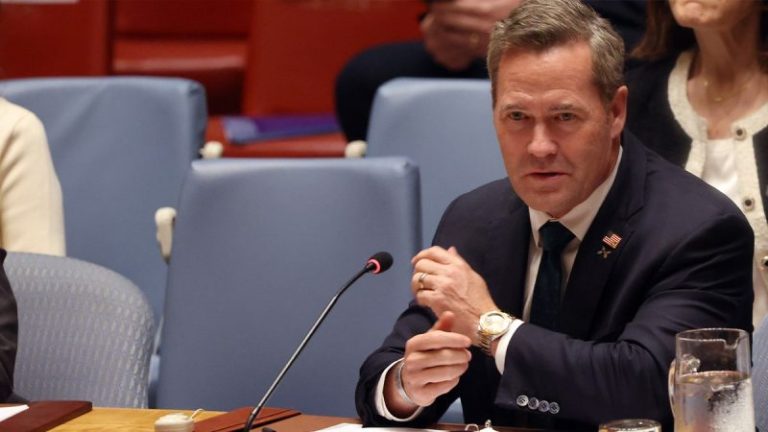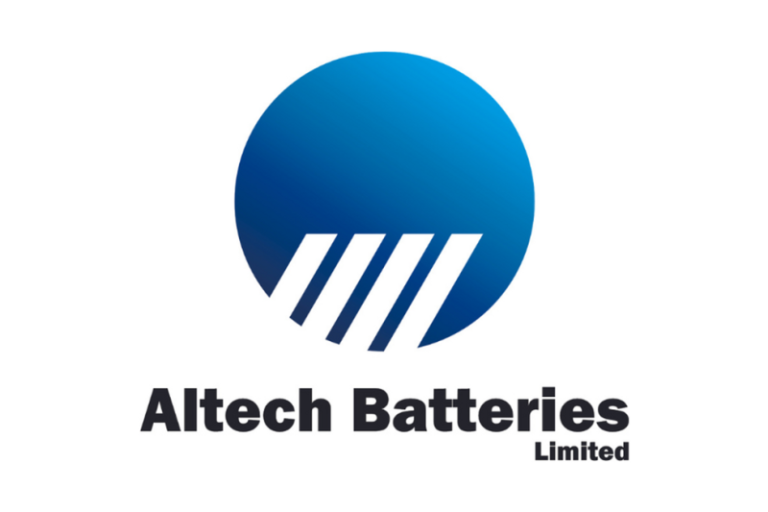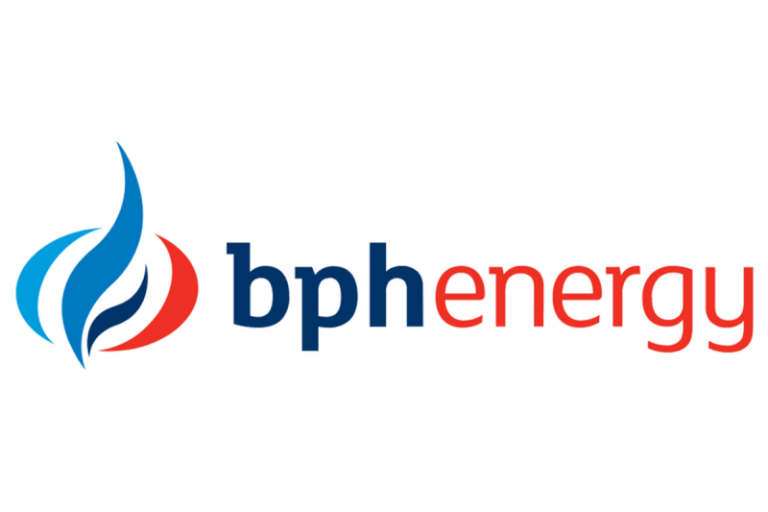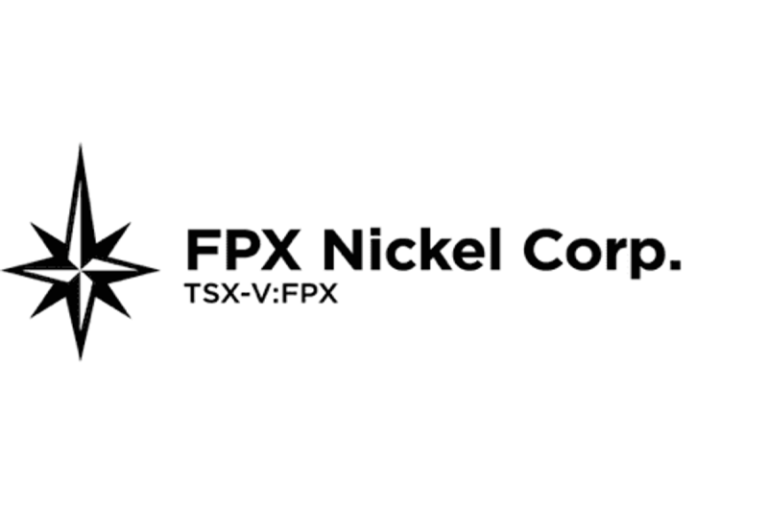Sun Summit Minerals Corp. (TSXV: SMN,OTC:SMREF) (OTCQB: SMREF) (‘Sun Summit’ or the ‘Company’) is pleased to provide an update from its 2025 exploration program, including the addition of a second drill rig, at the JD Project, Toodoggone Mining District, north-central British Columbia.
Highlights:
-
Assays Pending: Assays from ten additional drill holes (totalling 3,340 meters) drilled at the Creek zone are pending.
-
Expansion of exploration program to 5,500+ meters: Over 5,500 meters of drilling is now planned at the JD Project, roughly 10% more than originally contemplated.
‘We are delighted to mobilize a second drill rig to the Creek Zone at the JD Property prior to the end of the drill season in order to follow up on the success from Hole CR-25-007,’ said Niel Marotta, CEO of Sun Summit Minerals. ‘The exceptional grades and strong continuity in this hole highlighted what we believe may be a new parallel zone, making it a top priority to test further while the drills are turning. We are also excited to begin drilling at the silver-rich Finn Zone, and, separately, to have completed 900 meters at Belle South, one of our most prospective porphyry targets. Expanding our understanding of mineralization at depth and the porphyry potential at JD will remain a key focus as we wrap up the 2025 program and look ahead to 2026 and beyond.’
Ongoing Exploration Program
The primary exploration goals at JD in 2025 are to advance and expand the Creek and Finn gold-silver targets and to generate and refine new priority targets across the project. Work is currently focused on the highly prospective 4.5 km long epithermal-related Finn to Creek corridor, as well as the 12 km long JD Porphyry trend. Exploration updates include:
Drilling at Creek Zone: Follow-up drilling has begun with a second drill rig at the Creek Zone. Holes are planned to follow-up and expand on results from CZ-25-007 (78.0 at 3.72 g/t gold, from 30.0 meters down hole). Step-out holes are designed to test the down-dip and northwest strike extent of strong epithermal-related gold mineralization intersected in CZ-25-007. The upper 78.0 meter interval of CZ-25-007 is in an area not previously tested by drilling and may represent a parallel zone of mineralization north of the main series of Creek Zone high-grade veins.
Drilling at Finn Zone: Drilling at the Finn Zone will include confirmation, infill, and step-out holes. Holes are designed to evaluate the extent and continuity of high-grade and bulk-tonnage gold-silver mineralization, confirm structural controls and explore at depth to assess the geometry and grade of the mineralized footwall zone. Historical highlight intercepts (Figure 2) include:
- 35.7 m of 7.26 g/t Au, 94 g/t Ag including 1.0 m of 215.4 g/t Au, 308 g/t Ag (JD95-0472)
- 45.0 m of 3.02 g/t Au, 143 g/t Ag including 5.0 m of 8.18 g/t Au, 918 g/t Ag (JD95-0762)
- 20.85 m of 8.76 g/t Au, 68 g/t Ag including 11.0 m of 15.1 g/t Au,108 g/t Ag (JD95-0972)
- 22.0 m of 6.32 g/t Au, 46 g/t Ag including 12.6 m of 10.8 g/t Au, 66 g/t Ag (JD12-0033)
Drilling in the 1990s at the Finn zone primarily focused on a high-grade core covering an area of roughly 300 by 100 metres, with drill holes typically spaced at 25-metre intervals (see February 1, 2024, news release). Downhole sampling was inconsistent, leaving significant gaps in data, and several holes ended in strong gold-silver mineralization. Later drilling in 2012-2013 expanded the mineralized zone, extending it down-dip by 350 metres and along strike for 500 metres.
Drilling at Belle South: Over 900 meters of reconnaissance drilling across two holes at the Belle South Cu-Au porphyry target have now been completed. The significant Belle South magnetic-high was covered by the 2025 Phase I IP Survey, the results which have now been processed, inverted and interpreted (Figure 3 and see News Release Sept. 18, 2025). Similar to Amarc’s AuRORA discovery, Belle South demonstrates a strong chargeability-high coincident with a strong magnetic-high anomaly. Both holes have been logged and samples will be sent to the lab in the coming weeks. Results from the two holes will inform the geological understanding of one of the higher-priority porphyry targets identified this year within the project-scale 12 km long, JD Porphyry trend (see press release dated September 18, 2025).
Figure 1. Plan map showing drill collar location of CZ-25-007 and additional drill holes with pending results. The area of follow-up drilling is shown to the northwest of CZ-25-007. Selected highlights from the 2024 drill program at the Creek Zone are also shown (see October 2nd, 2024 and October 16th, 2024 news releases). See references below for sources of historical drill data.
To view an enhanced version of this graphic, please visit:
https://images.newsfilecorp.com/files/6142/267497_2599b9ea04247855_001full.jpg
Figure 2. Map of the Finn Zone showing historical drill collar locations with selected highlights. The area targeted for 2025 drilling is outlined in red. See references below for sources of historical data.
To view an enhanced version of this graphic, please visit:
https://images.newsfilecorp.com/files/6142/267497_2599b9ea04247855_002full.jpg
Figure 3. JD Porphyry Trend, Figure A: Map of the JD Project showing the recently acquired and compiled IP data (400m depth slice through the chargeability model). Inset photo looking south down McClair Creek showing parts of the 10 km long McClair Creek gossan. The Belle South porphyry target is situated above the gossan on a till covered plateau, where the coincident high-chargeability and high-magnetic intensity (Figure 3b) is located. Figure B. Map of the JD Project showing total magnetic intensity data acquired in 2021 overlain with IP lines and key target areas.
To view an enhanced version of this graphic, please visit:
https://images.newsfilecorp.com/files/6142/267497_2599b9ea04247855_003full.jpg
Figure 4. Map of the Toodoggone District showing the location of the JD Project in relation to other development and exploration projects. Data sourced from Thesis, TDG and Centerra’s corporate websites. The QP has been unable to verify the information and that the information is not necessarily indicative to the mineralization on the property that is the subject of the disclosure.
To view an enhanced version of this graphic, please visit:
https://images.newsfilecorp.com/files/6142/267497_2599b9ea04247855_004full.jpg
National Instrument 43-101 Disclosure
This news release has been reviewed and approved by Sun Summit’s Vice President Exploration, Ken MacDonald, P. Geo., a ‘Qualified Person’ as defined in National Instrument 43-101 Standards of Disclosure for Mineral Projects of the Canadian Securities Administrators. Some technical information contained in this release is historical in nature and has been compiled from public sources believed to be accurate. The historical technical information has not been verified by Sun Summit and may in some instances be unverifiable dependent on the existence of historical drill core and grab samples.
Community Engagement
Sun Summit is engaging with First Nations on whose territory our projects are located and is discussing their interests and identifying contract and work opportunities, as well as opportunities to support community initiatives. The Company looks forward to continuing to work with local and regional First Nations with ongoing exploration.
About the JD Project
The JD Project is located in the Toodoggone mining district in north-central British Columbia, a highly prospective deposit-rich mineral trend. The project covers an area of over 15,000 hectares and is in close proximity to active exploration and development projects, such as Thesis Gold’s Lawyers and Ranch projects, TDG Gold’s Baker-Shasta projects, Amarc Resource’s AuRORA project, Centerra’s Gold’s Kemess East and Underground projects, as well as the past-producing Kemess open pit copper-gold mine.
The project is 450 kilometres northwest of the city of Prince George, and 25 kilometres north of the Sturdee airstrip. It is proximal to existing infrastructure in place to support the past-producing Kemess mine, including roads and a hydroelectric power line.
The JD Project is in a favourable geological environment characterized by both high-grade epithermal gold and silver mineralization, as well as porphyry-related copper and gold mineralization. Some historical exploration, including drilling, geochemistry and geophysics, has been carried out on the property, however the project area is largely underexplored.
About Sun Summit
Sun Summit Minerals (TSXV: SMN,OTC:SMREF) (OTCQB: SMREF) is a mineral exploration company focused on the discovery, expansion and advancement of district scale gold and copper assets in British Columbia. The Company’s diverse portfolio includes the JD and Theory projects in the Toodoggone region of north-central B.C., and the Buck Project in central B.C.
Further details are available at www.sunsummitminerals.com.
References
-
Hawkins, P.A. (1998), 1997 Exploration Report on the Creek Zone for Antares Mining and Exploration Corporation and AGC Americas Gold Corporation, JD Property, Toodoggone River Area, Omineca Mining Division, Internal Report #98-065-1.
Link to Figures
Figure 1: https://wp-sunsummitminerals-2024.s3.ca-central-1.amazonaws.com/media/2025/09/SMN_JD_CZ007_20250903_Figure_1-scaled.jpg
Figure 2: https://wp-sunsummitminerals-2024.s3.ca-central-1.amazonaws.com/media/2025/06/SMN_JD_Plans_20250618_Fig-4-scaled.jpg
Figure 3a: https://wp-sunsummitminerals-2024.s3.ca-central-1.amazonaws.com/media/2025/09/SMN_JD_IP_20250918_Fig1-scaled.jpg
Figure 3b: https://wp-sunsummitminerals-2024.s3.ca-central-1.amazonaws.com/media/2025/09/SMN_JD_IP_20250918_Fig2-scaled.jpg
Figure 4: https://wp-sunsummitminerals-2024.s3.ca-central-1.amazonaws.com/media/2025/09/SMN_JD_CZ007_20250903_V4_Figure-5.jpg
On behalf of the board of directors
Niel Marotta
Chief Executive Officer & Director
info@sunsummitminerals.com
For further information, contact:
Matthew Benedetto, Simone Capital
mbenedetto@simonecapital.ca
Tel. 416-817-1226
Forward-Looking Information
Statements contained in this news release that are not historical facts may be forward-looking statements, which involve risks, uncertainties and other factors that could cause actual results to differ materially from those expressed or implied by such forward-looking statements. In addition, the forward-looking statements require management to make assumptions and are subject to inherent risks and uncertainties. There is significant risk that the forward-looking statements will not prove to be accurate, that the management’s assumptions may not be correct and that actual results may differ materially from such forward-looking statements. Accordingly, readers should not place undue reliance on the forward-looking statements. Generally forward-looking statements can be identified by the use of terminology such as ‘anticipate’, ‘will’, ‘expect’, ‘may’, ‘continue’, ‘could’, ‘estimate’, ‘forecast’, ‘plan’, ‘potential’ and similar expressions. Forward-looking statements contained in this press release may include, but are not limited to, the timing of and size and scope of the drill program at the JD property; indications and results from drilling may be materially different; the Company’s exploration plans, expectations and forecasts. These forward-looking statements are based on a number of assumptions which may prove to be incorrect which, without limiting the generality of the following, include: the Company’s ability to complete the drill program as currently contemplated; the anticipated results based on current indications; risks inherent in exploration activities; volatility and sensitivity to market prices; volatility and sensitivity to capital market fluctuations; and fluctuations in metal prices. The forward-looking statements contained in this news release are made as of the date hereof or the dates specifically referenced in this press release, where applicable. Except as required by applicable securities laws and regulation, Sun Summit disclaims any intention or obligation to update or revise any forward-looking statement, whether as a result of new information, future events or otherwise, except as required by applicable securities laws. All forward-looking statements contained in this press release are expressly qualified by this cautionary statement.
Neither the TSX Venture Exchange nor its Regulation Services Provider (as that term is defined in the policies of the TSX Venture Exchange) accepts responsibility for the adequacy or accuracy of this release.
To view the source version of this press release, please visit https://www.newsfilecorp.com/release/267497










